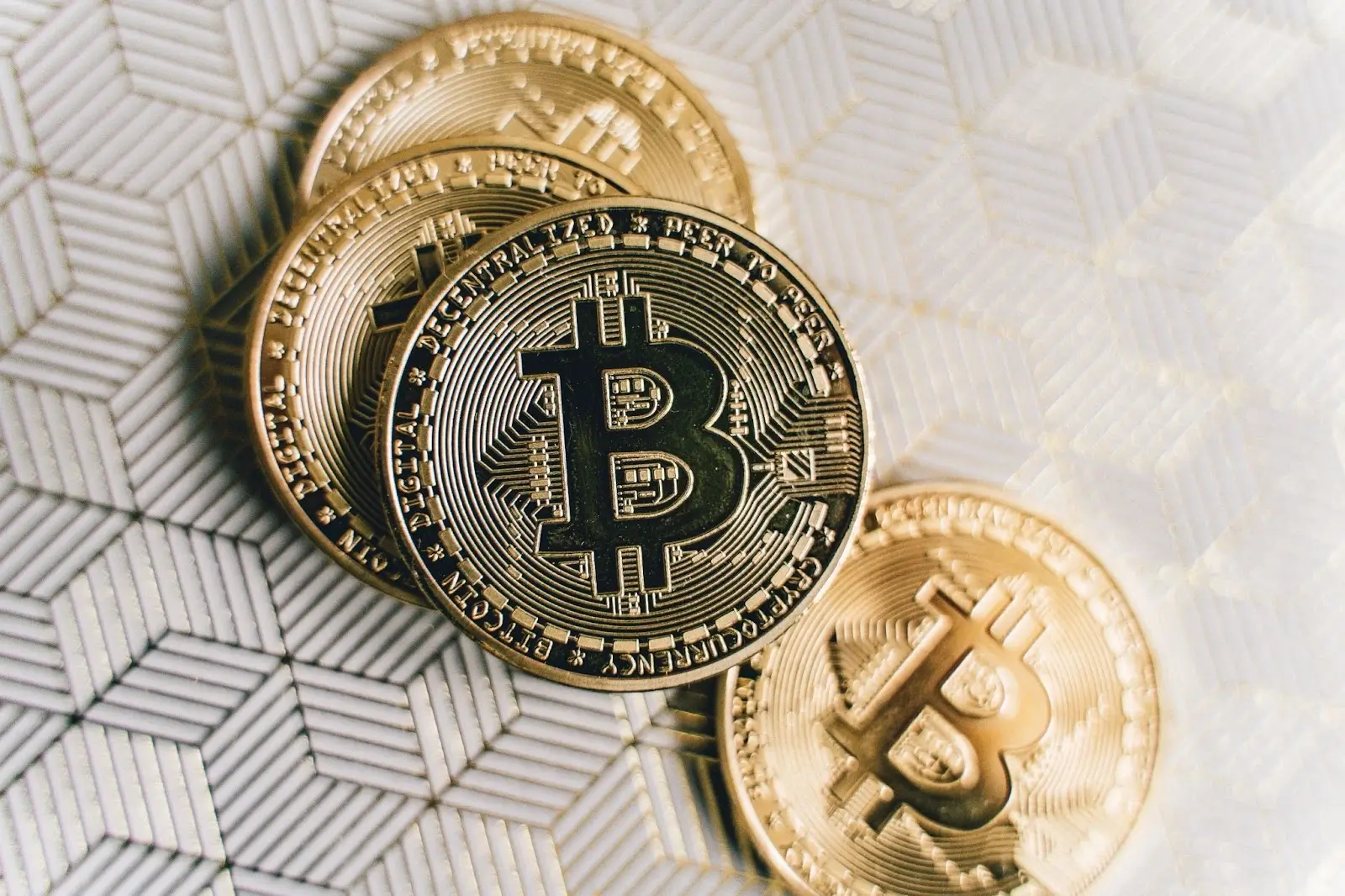JPMorgan’s Latest Bitcoin Analysis Reveals Surprising Insights for 2025
05.02.2025 21:00 1 min. read Kosta Gushterov
Bitcoin experienced significant fluctuations in January, setting a new record by surpassing $108,000 but later dipping to around $89,000, a level last seen in November 2024.
While the price movement raised questions, the network’s hash rate, a key indicator of mining competition and difficulty, showed a subtle increase.
Despite the mixed price performance, the Bitcoin network’s hash rate grew modestly. Analysts from JPMorgan noted that January saw a small uptick in the hash rate, with an increase of 1% bringing it to 785 exahashes per second (EH/s). At the same time, mining difficulty saw a slight reduction, falling by 2% for the month.
However, the drop in mining difficulty was seen as unusual, as it rarely occurs. Still, analysts pointed out that the current difficulty is 25% higher than it was before the halving event in April 2024.
In terms of mining profitability, there was a slight improvement. Miners saw a small increase in earnings, with an average daily block reward of $57,200 per EH/s, a less than 1% gain compared to the previous month.
-
1
Bitcoin Reaches $119,000 Milestone as Corporate Demand and ETF Inflows Rise
13.07.2025 17:45 2 min. read -
2
Bitcoin Price Prediction From Bernstein After the Recent All-Time High
14.07.2025 20:00 1 min. read -
3
Ethereum Sparks Altcoin Season as FOMO Shifts Away From Bitcoin
17.07.2025 18:30 2 min. read -
4
Bitcoin Price Hits Record Highs as Exchange Balances Plunge
12.07.2025 19:00 2 min. read -
5
Robert Kiyosaki Reacts to Bitcoin’s Surge Past $120K: “I’m Buying One More”
14.07.2025 17:00 1 min. read
Bitcoin Funding Rates Stay Elevated—Rally Ahead or Shakeout Coming?
As Bitcoin continues to consolidate above $100K, a critical market signal is flashing: BTC funding rates remain elevated, even as price action cools.
Billionaire Ray Dalio Revealed What his Portfolio Says About the Future of mMoney
Billionaire investor Ray Dalio, founder of Bridgewater Associates, has suggested that a balanced investment portfolio should include up to 15% allocation to gold or Bitcoin, though he remains personally more inclined toward the traditional asset.
Where Is The Smart Entry Point For Bitcoin Bulls?
With Bitcoin hovering near $119,000, traders are weighing their next move carefully. The question dominating the market now is simple: Buy the dip or wait for a cleaner setup?
Matrixport Warns of Bitcoin Dip After Hitting This Target
Bitcoin has officially reached the $116,000 milestone, a level previously forecasted by crypto services firm Matrixport using its proprietary seasonal modeling.
-
1
Bitcoin Reaches $119,000 Milestone as Corporate Demand and ETF Inflows Rise
13.07.2025 17:45 2 min. read -
2
Bitcoin Price Prediction From Bernstein After the Recent All-Time High
14.07.2025 20:00 1 min. read -
3
Ethereum Sparks Altcoin Season as FOMO Shifts Away From Bitcoin
17.07.2025 18:30 2 min. read -
4
Bitcoin Price Hits Record Highs as Exchange Balances Plunge
12.07.2025 19:00 2 min. read -
5
Robert Kiyosaki Reacts to Bitcoin’s Surge Past $120K: “I’m Buying One More”
14.07.2025 17:00 1 min. read


